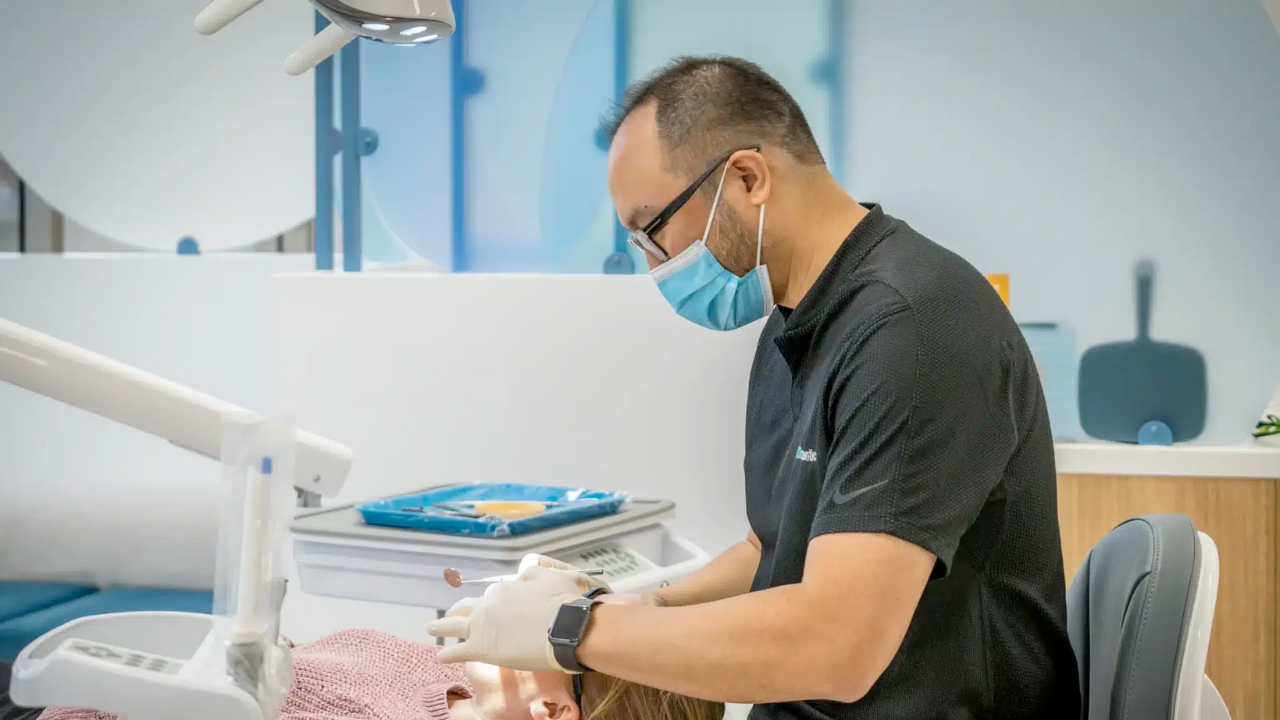We are having a short break over Christmas. Please click here for any orthodontic emergencies.
We are having a short break over Christmas. Please click here for any orthodontic emergencies.

At MP Orthodontics, we know that considering braces is a big decision – not just for your smile, but for your confidence and long-term oral health.
Whether you’re a parent exploring options for your child or an adult taking steps toward your own smile goals, understanding how braces work can help ease uncertainty.
Here’s a simple breakdown of how these small devices create big changes.
Braces are orthodontic tools that gently guide your teeth into better alignment over time. They correct crowding, spacing, overbites, underbites, and other alignment issues.
By applying continuous pressure, braces slowly shift teeth into healthier, more functional positions.
Each part of your braces has a job to do:
Together, these parts work like a team to shift your teeth gently and precisely.
It might seem like magic, but there’s real science behind it.
Braces apply gentle, steady pressure on your teeth. This pressure causes a natural process in the body called bone remodelling.
As your teeth move, the bone on one side of the tooth breaks down, while new bone forms on the other side. This allows the tooth to shift safely and stay in its new position.
Everyone’s smile is different, so there are different types of braces to match:
An orthodontist can help you decide which option suits your needs and lifestyle best.
The time needed for braces varies from person to person. Most treatments last between 1 and 3 years.
Things like your age, the complexity of the case, and how closely you follow your orthodontist’s guidance can all affect the timeline.
Some discomfort is expected, especially when braces are first fitted or adjusted. You may feel soreness in your teeth or gums. This usually eases after a few days.
Discomfort is a sign your braces are working. But it shouldn’t be constant or severe – let your orthodontist know if anything feels off.
When your braces are removed, you’ll enter the retention phase. This step is just as important as the treatment itself.
You’ll be fitted with a retainer to hold your teeth in their new positions. Teeth naturally try to shift back, so wearing your retainer as instructed is essential.
Retainers can be:
Your orthodontist will guide you on the best option for long-term results.
Braces work by applying controlled pressure to reposition teeth. Over time, this pressure reshapes the bone and creates a more aligned, functional bite.
With consistent care and professional guidance, most patients achieve noticeable improvements in both appearance and oral health.
If you’re thinking about orthodontic treatment, it’s okay to have questions. At MP Orthodontics, we take the time to explain your options and help you feel confident in your care.
Contact us to arrange a relaxed, informative consultation with our friendly team. We’re here to help you make the next step when you’re ready.
Book a consultation with MP Orthodontics to begin your orthodontic journey.
Monday to Friday: 8:00 am - 5:30 pm
Saturday & Sunday: Closed